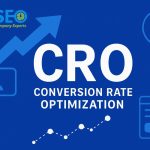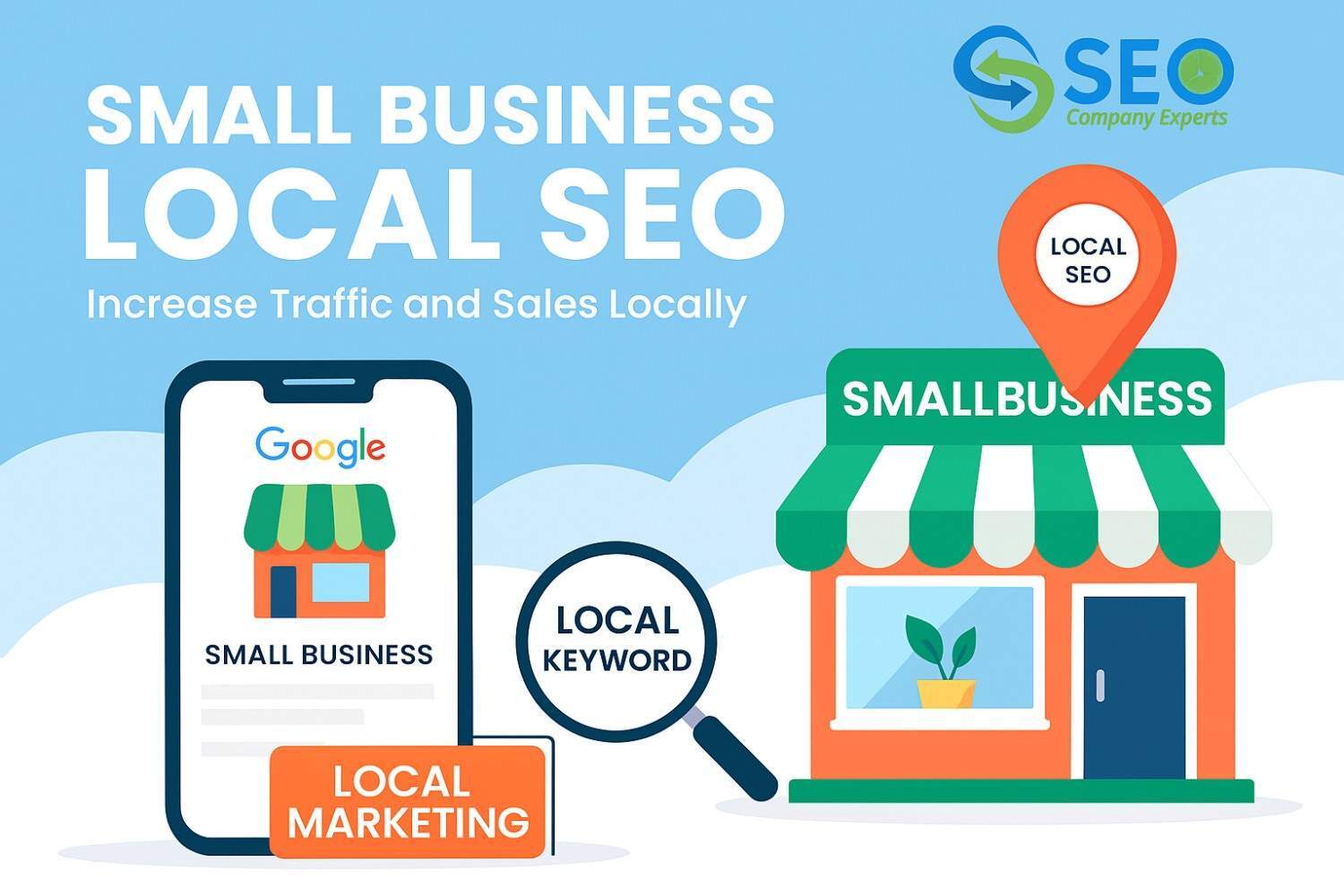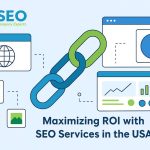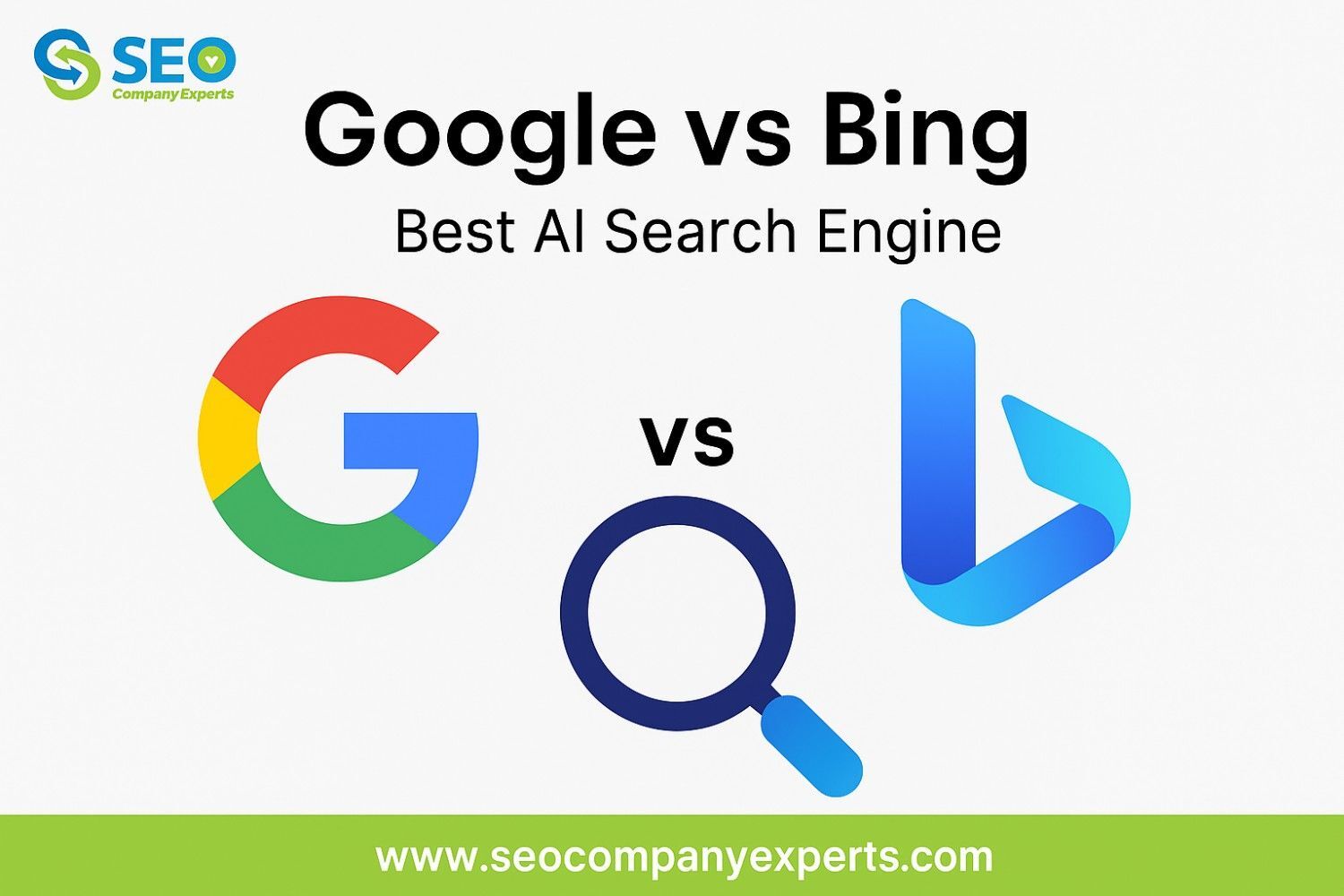

80% of US consumers search online for local businesses on a weekly basis, and 32% search for them daily. Meanwhile, 46% of Google’s 8.5 billion daily searches are local, representing billions of potential customers actively looking for businesses just like yours. These staggering numbers reveal an unprecedented opportunity for small businesses to capture their local market through strategic search optimization.
Yet despite this massive opportunity, most small business owners struggle with local visibility online. They watch competitors appear at the top of “near me” searches while their own businesses remain buried on page two or beyond. The problem isn’t lack of demand—it’s the failure to implement effective small business local SEO strategies that connect with customers actively searching for their products and services in their immediate area.
What is Small Business Local SEO?
Local SEO for small business is the practice of optimizing your online presence to attract customers from location-based searches. Unlike traditional SEO that targets broad, national keywords, local SEO focuses on capturing searches with geographic intent—when people look for services “near me” or in specific cities and neighborhoods.
This targeted approach levels the playing field for small businesses. While you might never outrank Amazon for “best shoes,” you can absolutely dominate searches for “shoe store downtown Portland” or “running shoes near Pioneer Square.”
Why Local SEO for Small Business Matters More Than Ever
The shift toward local search has accelerated dramatically. 57% of local search queries are submitted using a mobile device or tablet, and mobile users have immediate purchase intent—they’re not just browsing, they’re ready to buy, visit, or call.
Consider these user behaviors that directly impact your business. When someone searches “plumber emergency repair” on their phone at 10 PM, they need help now, not next week. Local marketing for small business capitalizes on this urgency by ensuring you appear exactly when potential customers need you most.
Essential Local SEO Ranking Factors That Drive Results
Understanding what influences local search rankings helps you prioritize your optimization efforts. Local SEO ranking factors work differently than traditional organic search, emphasizing proximity, relevance, and prominence in your immediate geographic area.
Google My Business Optimization Signals
Your Google Business Profile serves as your digital storefront in local search results. Marketers estimate that Google Business Profile signals account for 32% of the local search algorithm, making them the most important local pack ranking factor.
Complete profiles receive significantly more visibility. Businesses with complete listings are more likely to show up in search results and get 7 times more clicks. This means every missing detail—from business hours to service categories—directly costs you potential customers.
Local Citation Consistency and NAP Data
NAP (Name, Address, Phone) consistency across all online directories and platforms creates trust signals for search engines. Inconsistent information confuses both search algorithms and potential customers, diluting your local search authority.
Think of citations as votes of confidence from other websites. The more consistent “votes” you receive, the more search engines trust your business information and location legitimacy.
Proven Local SEO Strategies for Small Business Growth
Effective local SEO strategies combine technical optimization with customer-focused content and engagement. Success requires systematic implementation across multiple touchpoints where customers discover and evaluate local businesses.
Google My Business Optimization Blueprint
Start with profile completion—every empty field represents missed opportunities. Add high-quality photos showcasing your products, services, and location atmosphere. 34% of local businesses are found in over 1,000 “discovery searches” each month, and compelling visuals significantly impact click-through rates.
Regular posting keeps your profile active and engaging. Share updates about new services, seasonal promotions, and community involvement. These posts appear in local search results and demonstrate business vitality to both customers and search algorithms.
Local Keyword Research and Implementation
Local SEO tips always emphasize keyword research tailored to geographic intent. Focus on terms combining your services with location modifiers: “digital marketing agency Austin” rather than just “digital marketing agency.”
Long-tail local keywords often provide better conversion rates with less competition. “Emergency plumber downtown Seattle Sunday” might have lower search volume than “plumber Seattle,” but the searcher’s intent is crystal clear and immediate.
Use keyword research tools to identify location-based search patterns in your area. Look for opportunities where search volume meets reasonable competition levels, creating realistic ranking opportunities for your business.
Advanced Local Marketing for Small Business Success
Local marketing for small business extends beyond search optimization to encompass comprehensive customer acquisition and retention strategies. Modern local marketing integrates digital tactics with community engagement and relationship building.
Local Content Marketing Strategies
Create content addressing local interests, events, and challenges. Write about neighborhood developments, sponsor local events, and collaborate with other area businesses. This approach builds topical authority while earning natural backlinks from community websites and local media.
Location-specific landing pages help capture searches for different service areas. If you serve multiple neighborhoods or towns, dedicated pages for each location allow more targeted optimization and improved relevance for location-specific searches.
Community Engagement and Reviews Management
Reviews accounted for 81% of all online review volume, up from 79% in 2023, making Google the dominant source of social proof. Active review management directly impacts local search visibility and customer conversion rates.
Respond to all reviews both positive and negative professionally and promptly. Detailed responses demonstrate customer service quality while providing additional keyword-rich content for search engines to index.
AI-Powered Local SEO Tips for Competitive Advantage
AI-powered local SEO tips represent the cutting edge of location-based optimization. Artificial intelligence tools can automate research, content creation, and performance monitoring while identifying opportunities human analysis might miss.
Leveraging AI Tools for Local Keyword Research
Use ChatGPT or Claude to generate location-based keyword variations and content ideas. AI can quickly produce dozens of relevant keyword combinations for different service areas, seasonal promotions, and customer scenarios.
AI-powered competitor analysis tools reveal gaps in local market coverage. Identify which searches your competitors rank for that you don’t, then develop targeted content and optimization strategies to capture those opportunities.
Best AI Tools for Local SEO Automation
Modern AI platforms can:
- Generate location-specific meta descriptions and title tags
- Create Google My Business post content calendars
- Analyze competitor local SEO strategies
- Automate citation building and NAP consistency monitoring
- Develop personalized email marketing campaigns for different neighborhoods
Local SEO Services: DIY vs Professional Help
Local SEO services range from basic directory submissions to comprehensive digital marketing campaigns. Understanding service options helps determine whether to handle optimization internally or partner with experienced local SEO marketing professionals.
What to Look for in Local SEO Services
Quality providers offer transparent reporting, customized strategies, and clear communication about timelines and expectations. Local SEO campaigns typically take 3 to 4 months before becoming ROI positive, so choose partners committed to long-term success rather than quick fixes.
Comprehensive service packages should include Google My Business optimization, citation building, review management, local content creation, and ongoing performance monitoring. Avoid providers promising immediate results or guaranteeing specific rankings.
When to Hire vs When to DIY
Consider professional help when local competition is intense, you lack technical SEO knowledge, or time constraints prevent consistent optimization efforts. Local SEO marketing agencies bring specialized tools, industry relationships, and proven strategies that accelerate results.
DIY approaches work best for businesses with dedicated marketing resources and moderate competition levels. Start with basic optimizations Google My Business setup, citation building, and review management before advancing to technical implementations.
Actionable Local SEO Tips for Immediate Results
These local SEO tips provide a prioritized roadmap for implementing optimization strategies based on potential impact and implementation difficulty.
Week 1: Quick Wins for Local Visibility
Google My Business Optimization Checklist:
- Complete all profile sections (description, hours, categories, attributes)
- Add 15+ high-quality photos showcasing products, services, and location
- Verify your business address and phone number
- Set up messaging and booking features if applicable
- Create your first Google My Business post
Basic Citation Cleanup:
- Ensure NAP consistency across top 15 local directories
- Claim unclaimed listings on major platforms (Yelp, Facebook, industry-specific directories)
- Remove or correct duplicate listings with incorrect information
Month 1: Foundation Building Tasks
Local Schema Implementation:
- Add Local Business schema markup to your website
- Include NAP information, business hours, and service areas
- Implement review schema to display star ratings in search results
Location Page Creation:
- Develop dedicated pages for each service area or location
- Include local keywords in titles, headings, and content
- Add location-specific testimonials and case studies
Data-Driven Local SEO Performance Insights
Understanding local SEO performance requires analyzing multiple data sources and metrics that directly correlate with business growth. These statistics reveal the true impact of location-based optimization efforts on revenue generation and customer acquisition.
Monthly searches average 10,009 for the average business, while 16% of businesses get more than 100 calls from Google Business Profile alone every month. This data demonstrates the direct connection between local search visibility and tangible business results.
Local businesses receive 94% of their calls on weekdays through their Google business profile, highlighting the critical importance of complete and optimized profiles. Furthermore, approximately 72% of local searchers visit businesses within a five-mile radius, proving that local search directly drives foot traffic and immediate sales opportunities.
Industry expert Mike Blumenthal from Near Media notes, “Local SEO isn’t just about rankings—it’s about creating meaningful connections between businesses and their communities at the moment of highest purchase intent.” This perspective emphasizes the relationship-building aspect of effective local optimization strategies.
Measuring Local SEO Success: KPIs and Analytics
Track local search performance through Google My Business insights, which reveal search queries, customer actions, and geographic data. Monitor organic traffic from location-based keywords, phone calls attributed to local searches, and direction requests to your business location.
Revenue attribution remains the ultimate success metric. Connect local search traffic to actual sales through call tracking, online bookings, and in-store visit analytics. This data proves ROI and guides future optimization investments.
Essential Local SEO Metrics to Track
Key performance indicators should include local keyword rankings, Google My Business profile views and actions, online review quantity and quality, citation consistency scores, and local pack appearances for target keywords.
Monitor competitor performance to identify market opportunities and benchmark your progress. Track their local rankings, review acquisition rates, and content publication frequency to stay competitive in your local market.
Conclusion
Small business local SEO represents one of the most effective customer acquisition channels available today, with 80% of consumers searching for local businesses weekly and immediate purchase intent. The strategies outlined here provide a systematic approach to capturing this massive opportunity through Google My Business optimization, consistent local citations, and community-focused content marketing.
Success requires patience, consistency, and strategic implementation of proven local SEO strategies. Start with Google My Business optimization and basic citation building, then expand into content marketing and advanced technical implementations as your foundation strengthens.
Ready to dominate your local market? Professional local SEO services can accelerate your results and ensure optimal implementation of these strategies. Contact our experienced team today for a free consultation on transforming your local search visibility and driving more qualified customers to your business.





